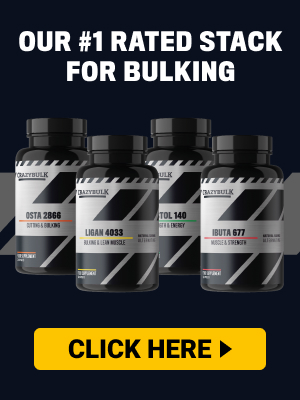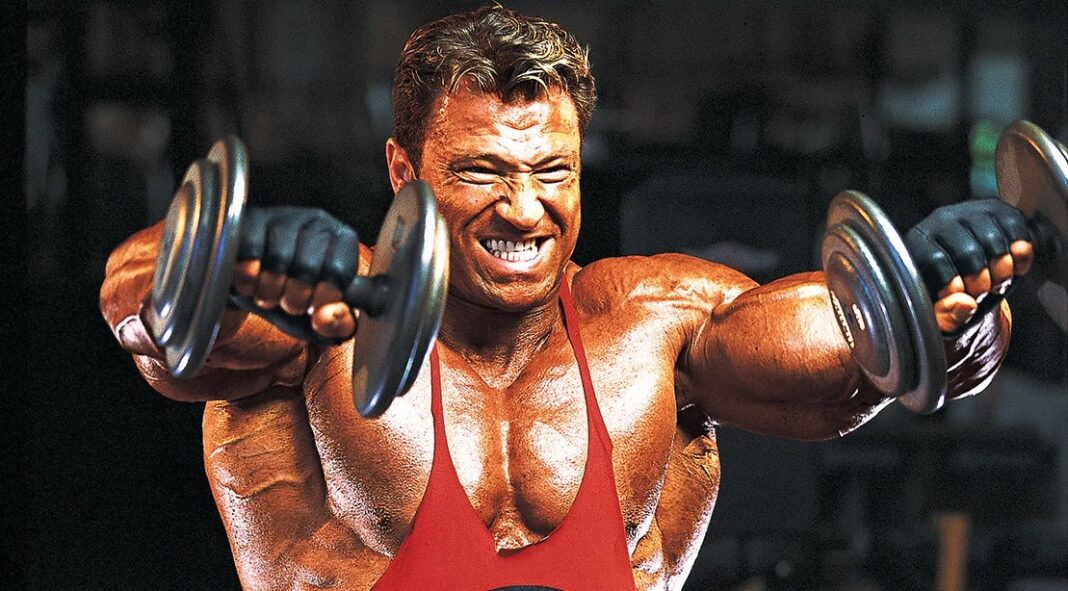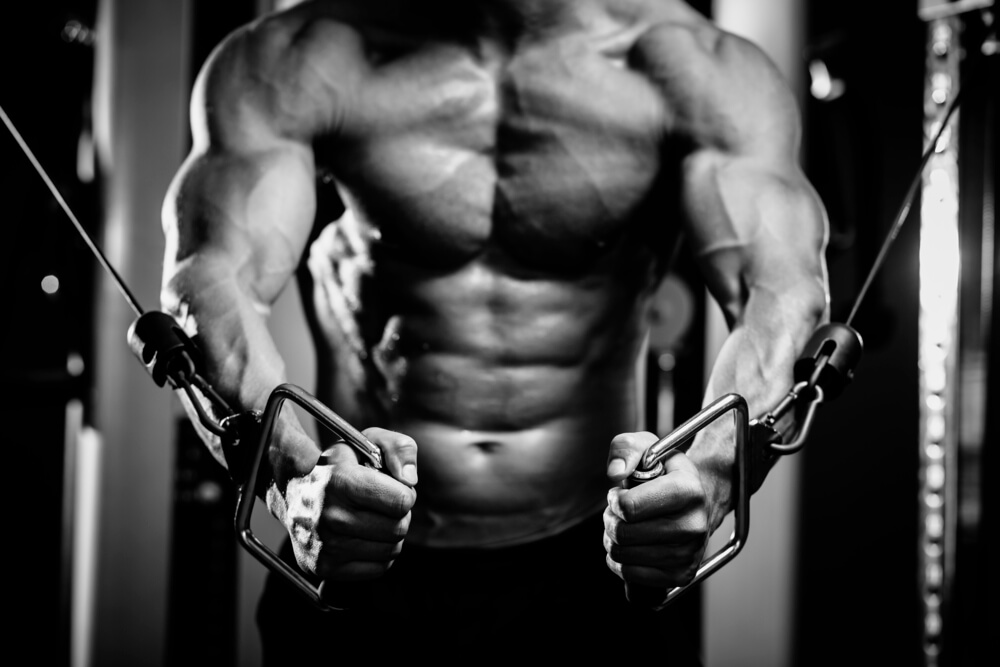The Complete PHAT Workout Guide: Power Hypertrophy Adaptive Training
As you get stronger and more experienced in the gym, you eventually hit a wall: beginner programs no longer deliver the same rapid progress. You need more volume, more intensity, and a more strategic approach to strength and hypertrophy.
That’s where the PHAT workout program comes in.
PHAT stands for Power Hypertrophy Adaptive Training, a system created by Dr. Layne Norton (pro natural bodybuilder and powerlifter). The PHAT program combines powerlifting-style strength training with bodybuilding hypertrophy training, spread across 5 weekly sessions.
The result? A program that builds both the power to move heavy weight and the muscle size to look like you lift.
In this guide, we’ll cover everything you need to know about PHAT:
- What the PHAT workout is (and how it works)
- Full weekly schedule & exercise breakdown
- Training principles behind PHAT
- Who it’s best suited for
- How to modify it for your own goals
- How PHAT compares to PHUL, PPL, and Bro Splits
What Is the PHAT Workout?
The PHAT program blends two distinct styles:
- Powerlifting (strength-focused) – Heavy, low-rep training that builds maximum strength in compound lifts.
- Bodybuilding (hypertrophy-focused) – Higher volume, moderate rep training that maximizes muscle growth.
Unlike PHUL (which condenses this into 4 days), PHAT expands the structure into 5 sessions per week.
👉 The idea is to train like a powerlifter and bodybuilder in the same week — maximizing both performance and aesthetics.
PHAT Workout Structure
The typical 5-day PHAT split looks like this:
- Day 1: Upper Body Power
- Day 2: Lower Body Power
- Day 3: Rest
- Day 4: Back & Shoulders Hypertrophy
- Day 5: Lower Body Hypertrophy
- Day 6: Chest & Arms Hypertrophy
- Day 7: Rest
👉 Each muscle group is trained twice per week: once heavy and once with higher-volume hypertrophy work.
PHAT Training Principles
Power Days (Days 1 & 2)
- Rep ranges: 3–5 reps per set
- Focus: Heavy compound lifts (bench, squat, deadlift, overhead press, rows)
- Goal: Develop raw strength and neural efficiency
Hypertrophy Days (Days 4–6)
- Rep ranges: 8–20 reps per set
- Focus: Moderate loads, higher volume, more isolation exercises
- Goal: Maximize muscle fiber recruitment, metabolic stress, and hypertrophy
Speed Work
One unique element of PHAT is speed training — explosive lifts with submaximal weights (60–70% 1RM). These help develop power and reinforce technique under load.
Progressive Overload
Both power and hypertrophy days follow progression principles:
- Power days: Add small increments to lifts weekly.
- Hypertrophy days: Add reps, sets, or slightly more weight over time.
Sample PHAT Workout Program
Here’s a full 5-day PHAT template:
Day 1 – Upper Body Power
- Barbell Bench Press – 4×3–5
- Weighted Pull-Ups (or Barbell Row) – 4×3–5
- Overhead Press – 3×5–6
- Weighted Dips – 3×6–8
- Barbell Curl – 3×8–10
- Skull Crushers – 3×8–10
Day 2 – Lower Body Power
- Squats – 4×3–5
- Deadlift (conventional or sumo) – 3×3–5
- Leg Press – 3×6–10
- Romanian Deadlift – 3×6–8
- Standing Calf Raises – 4×8–10
Day 4 – Back & Shoulders Hypertrophy
- Bent Over Rows – 3×8–12
- Lat Pulldown – 3×10–12
- Seated Cable Rows – 3×10–12
- Dumbbell Lateral Raises – 4×12–15
- Face Pulls – 3×12–15
- Rear Delt Flys – 3×12–15
Day 5 – Lower Body Hypertrophy
- Front Squats (or Hack Squat) – 4×8–12
- Romanian Deadlift – 4×8–10
- Walking Lunges – 3×12 each leg
- Leg Curls – 3×12–15
- Calf Press – 4×12–20
- Ab Rollouts – 3×12–15
Day 6 – Chest & Arms Hypertrophy
- Incline Dumbbell Press – 4×8–12
- Flat Dumbbell Fly – 3×10–12
- Push-Ups (weighted if possible) – 3×12–15
- Dumbbell Curls – 3×12–15
- Hammer Curls – 3×12–15
- Rope Pushdowns – 3×12–15
- Overhead Dumbbell Extensions – 3×12–15
👉 Adjust exercises to fit your equipment and preferences, but keep the balance between compounds and isolation.
Who Is PHAT Best For?
- Intermediate to advanced lifters: Beginners will struggle with recovery on PHAT. You should have at least 1–2 years of consistent lifting before attempting it.
- Athletes who want strength + size: PHAT builds both simultaneously, making it a great crossover program.
- Lifters who can train 5 days/week: PHAT is demanding. You need the schedule and discipline to stick with it.
Recovery and Nutrition for PHAT
PHAT is higher volume and intensity than PHUL or PPL, so recovery is critical.
- Sleep: Aim for 7–9 hours per night.
- Nutrition: Eat at a slight calorie surplus for hypertrophy or maintenance if focusing on strength.
- Deloading: Every 6–8 weeks, reduce training loads to avoid overtraining.
- Active recovery: Use rest days for light cardio, stretching, or mobility.
Common Mistakes with PHAT
- Too much added volume: The program already has a lot of sets. Adding more can crush recovery.
- Neglecting speed work: Many lifters skip this, but it’s a key element for power development.
- Poor recovery habits: Skimping on sleep or nutrition will stall progress fast.
- Starting too early: PHAT is not beginner-friendly. You need a solid foundation first.
PHAT vs Other Programs
- PHAT vs PHUL:
- PHUL = 4 days/week, moderate volume, more beginner/intermediate friendly.
- PHAT = 5 days/week, higher volume, better for advanced lifters.
- PHAT vs PPL:
- PPL = very flexible, can run 3–6 days per week.
- PHAT = fixed 5 days/week.
- PHAT focuses more on blending strength & hypertrophy.
- PHAT vs Bro Split:
- Bro Split = one muscle per week.
- PHAT = muscles twice per week, more effective for naturals.
Modifications to PHAT
- 4-Day PHAT: Some lifters condense PHAT by removing one hypertrophy day, making it more manageable.
- Reduced Volume PHAT: Beginners to PHAT often benefit from lowering accessory work volume until their recovery adapts.
- Specialization Cycles: Advanced lifters can emphasize lagging muscle groups by adding more sets on hypertrophy days.
Final Thoughts
The PHAT program is one of the most complete routines available for lifters who want both strength and size.
It blends powerlifting principles with bodybuilding methods into a system that challenges you with heavy weights while still giving your muscles the volume they need to grow.
However, PHAT isn’t for everyone. It’s intense, time-consuming, and requires advanced recovery capacity. But if you’re an intermediate-to-advanced lifter who’s serious about maximizing both performance and physique, PHAT may be one of the best programs you’ll ever run.
Stick with it for 12–16 weeks, fuel your body properly, and you’ll build strength and size that set you apart from the average gym-goer.
🔗 Next Steps:
- Compare PHAT vs [PHUL Workout Program]
- Learn about the [Push Pull Legs Routine]
- See how PHAT stacks up against the [Upper/Lower Split]







